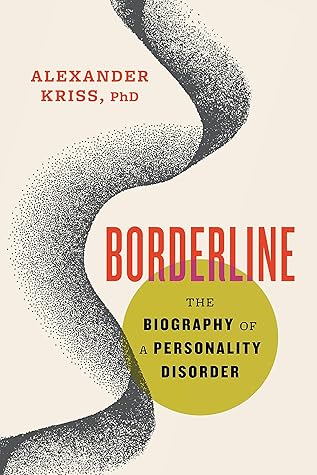More on this book
Kindle Notes & Highlights
Read between
August 31 - September 2, 2025
BPD is what happens when a person is denied a history. Usually this occurs because of chronic abuse or neglect beginning early in life: the instinct to survive, to predict catastrophe at the hands of an unpredictable authority figure, takes up all the space that might otherwise be devoted to learning who you are.
the borderline experience is unremarkable from the outside—they look like us, they are us, with jobs and friends,
Their suffering can only be known from the inside, where life is an endless sprint: toward anyone who promises to validate, to define, to love; away from the terrifying emptiness that always seems poised to well up from within and dissolve one’s sense of self into nothing.
To look at BPD is to confront who we are and who we have been. It is the displacement onto individuals of our collective fears about madness and losing control. It is the systematic blaming of women, ignoring of children, and obscuring of chronic abuse that people in power have long relied on to maintain their status. It is the pain inflicted by denying history, and it is the hope that can come from picking up the severed threads of the past and attempting to tie them back together.
she would leave the situation feeling even more like the world saw her as a hysterical woman not to be sympathized with or believed.
I don’t feel angry when I see her—now, I feel something more like pity. Because when I see her, or anyone else who rolls their eyes at the borderline, who disparages it as difficult or crazy, who wants, for the sake of managing their own anxiety, to believe that there is nothing we can learn from it,
I’m a freak in a world of normal people.”
“The woman is now distressed (and ‘difficult’) because she has BPD, rather than the behaviors associated with BPD being the result of oppression and abuse.”
Really, there is no normal. Or, if there is, it’s ever-changing and encompasses not only happiness and strength but pain and disintegration. BPD, for its millennia-old status as an outlier, can teach us how to be a healthy kind of normal, if we are willing to listen. It is the story of how one moves from chaos to stability; from a black-and-white worldview to a more complex one; from a life defined by desperation to one defined by a sense of who we are.
“I was on the elevator just now,” she said. “I was alone. And suddenly I imagined that next to me was me, as a child. A little girl in a cute dress, looking up at me.” She swallowed hard. I could see tears welling in her eyes. Those familiar mirrors I’d first looked into all those years ago. “The world hadn’t broken her yet. Hadn’t made her believe she was broken. I imagined reaching out my hand to her. She took it. And as the doors opened, I said to her, ‘Come with me. Come with me. It’s going to be all right.’”


